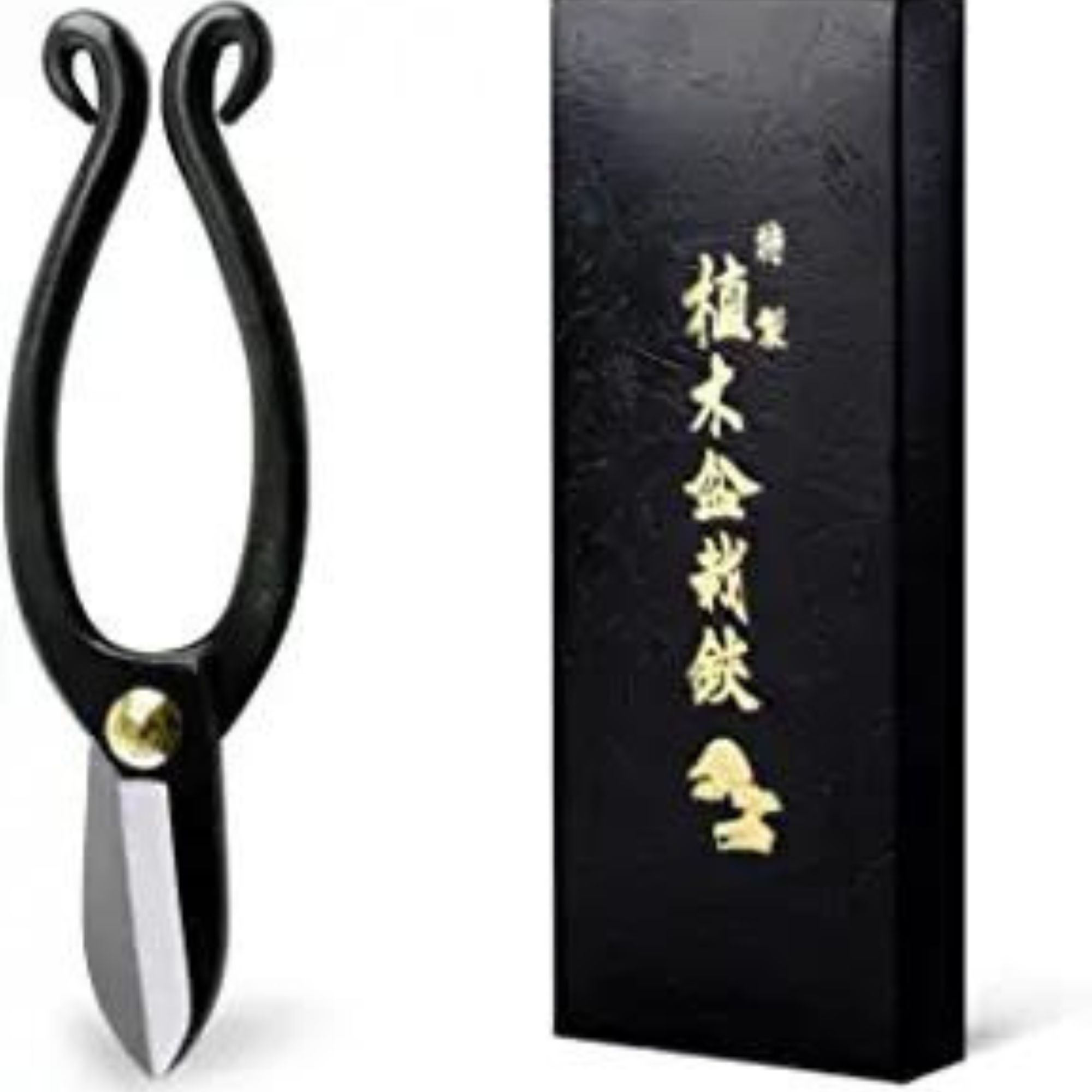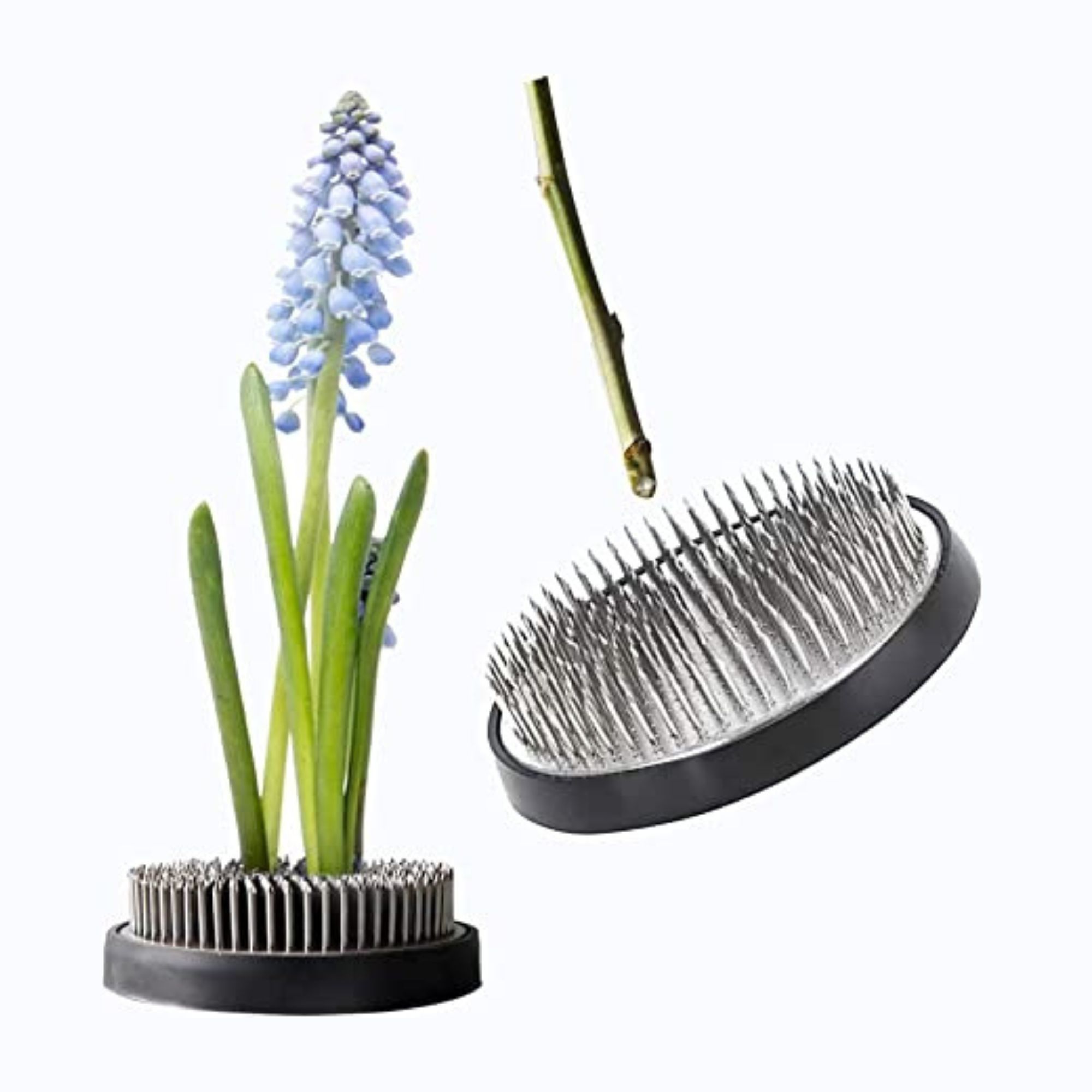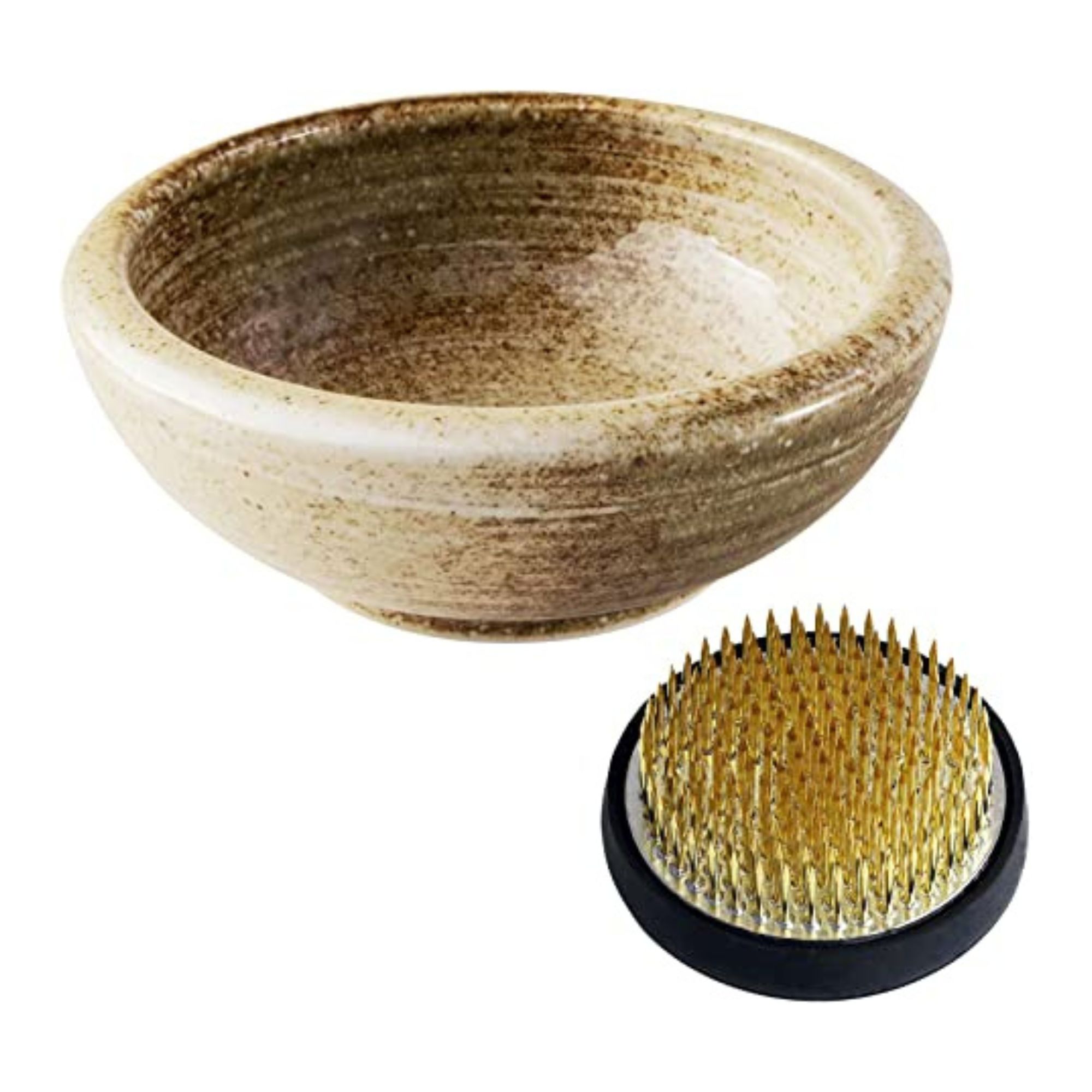Ikebana – 2023's biggest floral trend –challenges everything we thought we knew about flower arranging. Here's why
An expert florist show you how to create your own arrangement, too
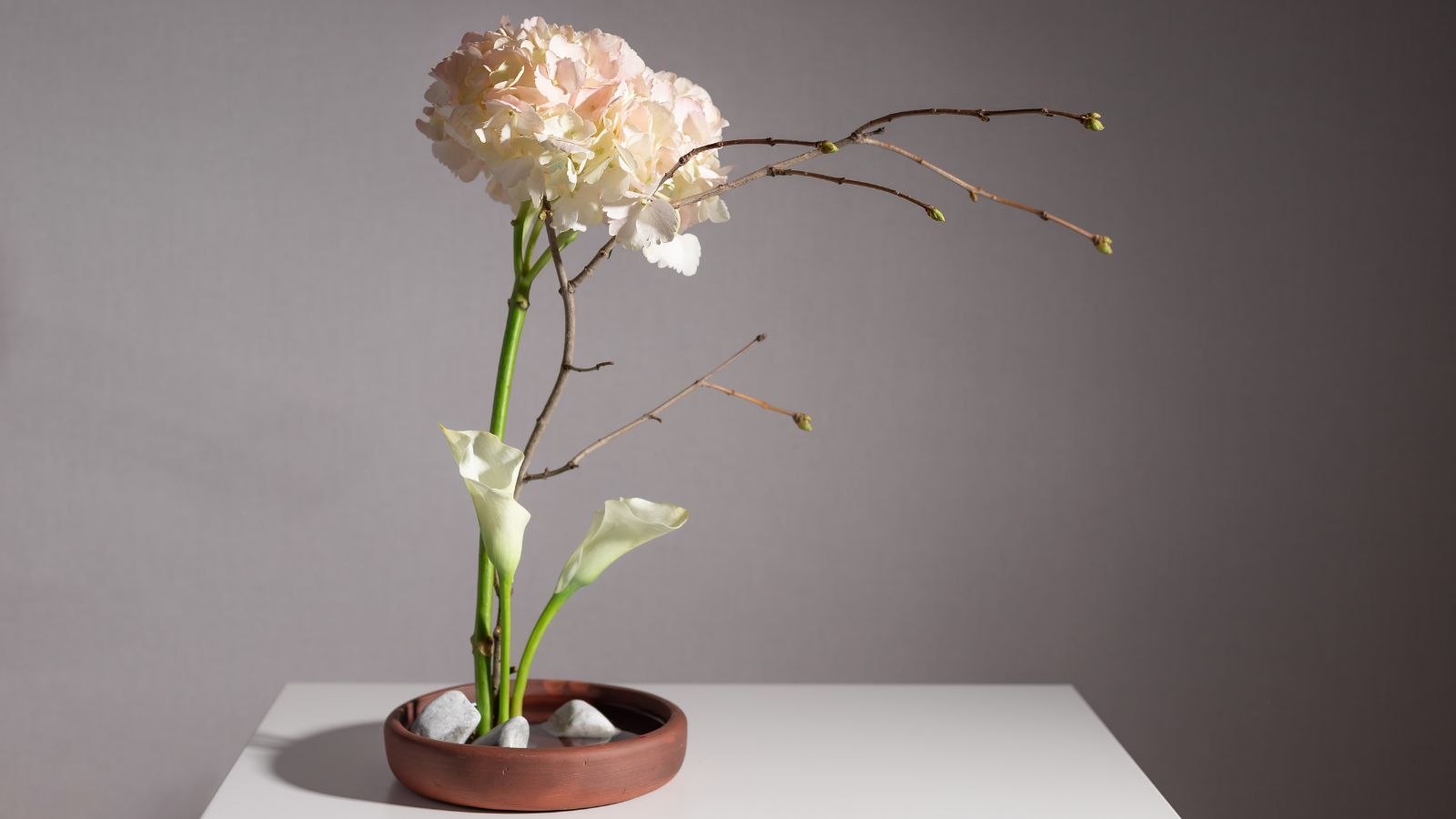

Ikebana – Japanese floral arrangements that are as elegant as sculptures – has come a long way from its humble beginnings as a Buddhist temple offering.
Indeed, the biggest floral trend of 2023 challenges how we approach flower arranging in the Western world. Part art, part meditative practice, ikebana uses flowers, branches, stems and leaves to create precise arrangements that are as symbolic as they are beautiful.
Here, we speak to expert florists to learn more about ikebana and how you can make your own arrangement.
What is ikebana?
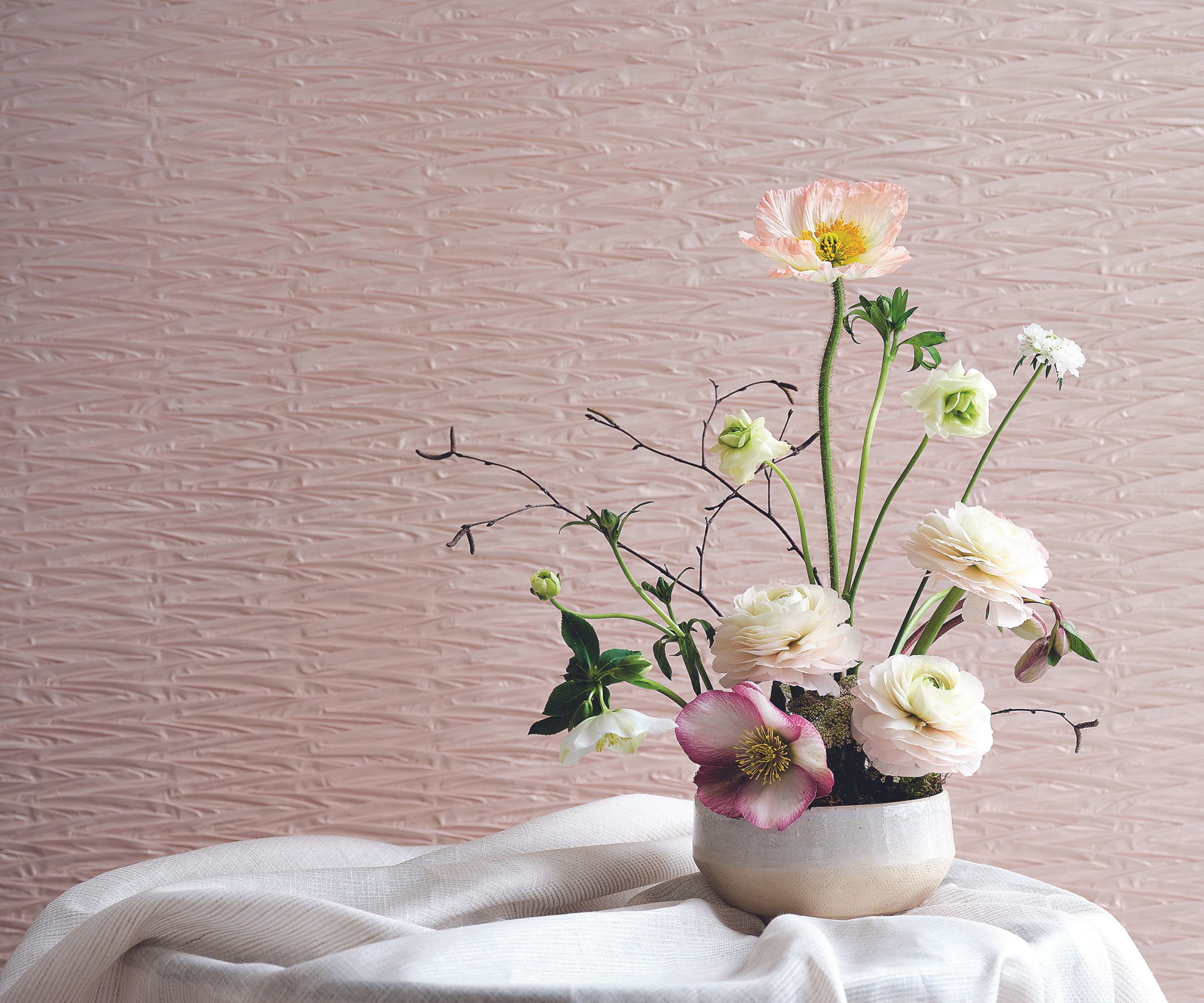
Ikebana, also known as kado, is a traditional Japanese flower arrangement, with seasonal elements chosen to be symbolic of a theme or with colors to complement a room's decoration.
‘According to Ikenobo, the oldest school of floral art in Japan, ikebana dates back to the sixth century when the custom of offering flowers on the Buddhist altar became common,’ she explains. ‘The tradition has grown and many ikebana styles are now taught worldwide,’ begins Maryam Ghani of Haute Florist.
Ikebana floral arrangements look sculptural, often only featuring a single flower, with careful consideration given to shape, form and line. Unlike Western arrangements, which are largely informal, ikebana's are precise and meaningful.
They also play a meditative role.
Design expertise in your inbox – from inspiring decorating ideas and beautiful celebrity homes to practical gardening advice and shopping round-ups.
‘It’s well known how connecting with nature can have a calming effect on the body and mind, and ikebana is another way of doing that. Think of it as meditation with flowers,’ says Maryam. ‘While we think of flower arranging as a decorative exercise emphasizing the finished product, ikebana celebrates the process. It’s a great way to slow down and get creative as well as to decorate with flowers.'
If you have your own cut flower garden at home, then ikebana could be a great way of displaying prized flowers without hiding them amongst a large bouquet.
What are the best flowers for ikebana?
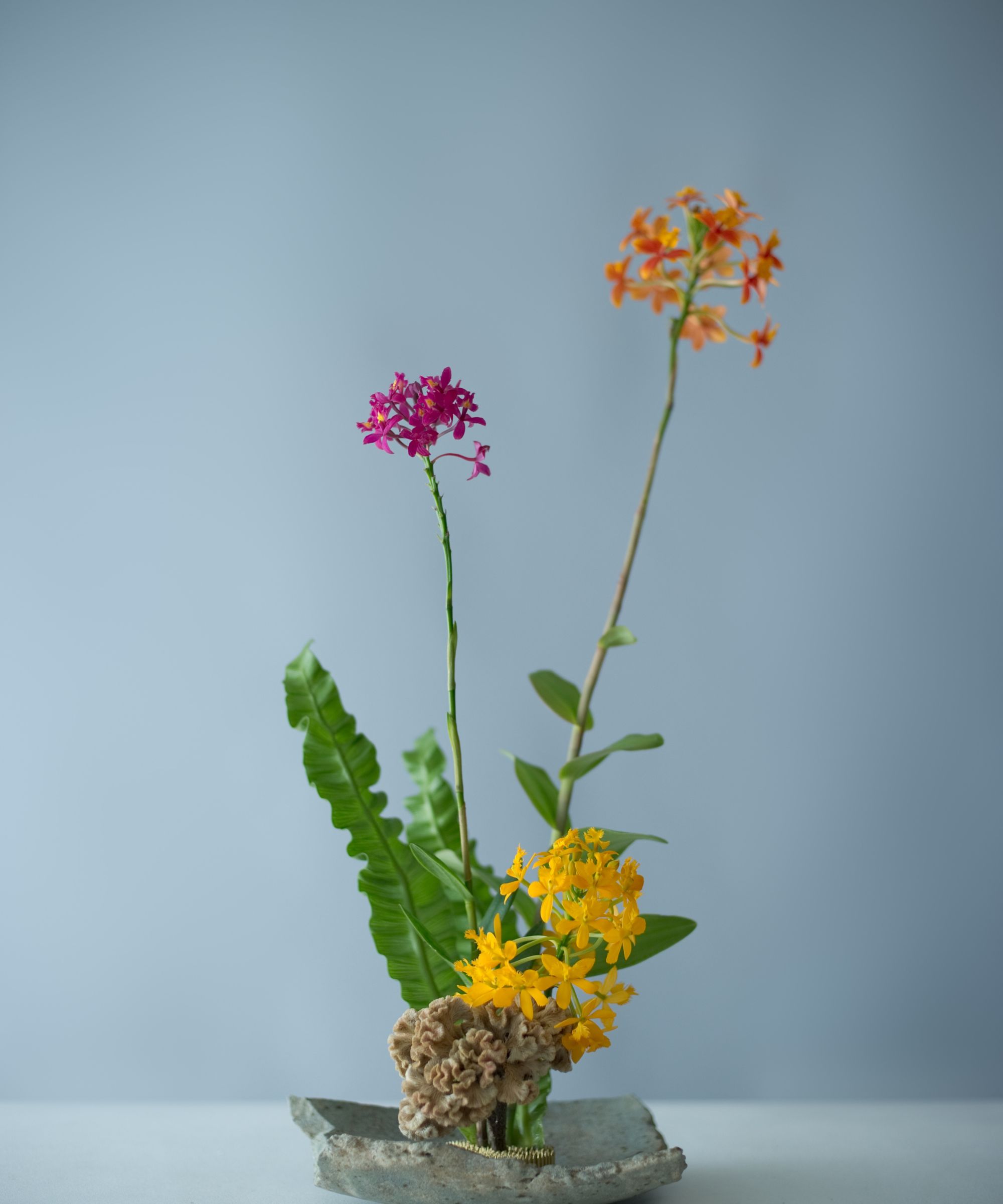
A large range of flowers and stems can be used for ikebana, with many stems having deep cultural or symbolic meanings. While you can use almost any flower, stem, or plant cutting for ikebana to express creativity, some of the most common are:
Chrysanthemum: Symbolic of the sun and natural perfection.
Iris: A symbol of heroism.
Camellia: One of the first spring blooms, this flower is associated with rejuvenation and is used in ikebana to convey ideas of longevity, happiness, love, and victory under adversity.
Peony: Symbolic of wealth and prosperity.
What do you need for ikebana?
These are some basic tools required to get started with ikebana, all of which are easy to find online – the new-found popularity of other Japanese practices such as Kintsugi has made previously scarce materials more readily available.
You will also need:
- Floral wire – such as this on Amazon to bind stems together
- Bamboo sticks – to support weaker stems
- Floral tape – available on Amazon to offer extra support for weaker stems
How to make ikebana look authentic

Assemble your tools
‘Learning the art can take a lifetime but it’s possible for anyone to get the right tools and enjoy making their own interpretation,’ Maryam assures. ‘To start with you will need a shallow vase that can hold some water that will allow you to see the flowers in their glory.
‘Then take an artistry pin, which uses spikes to hold stems in place. Ideally, you want three core elements to form part of your display that represent heaven, earth, and mankind.'
Start the arrangement with the 'Shin'
The tallest element in the arrangement is called a Shin and is the sturdiest element (usually a branch or woody-stemmed flower). This is usually twice the size of the diameter water vessel or vase and is secured in the center of the arrangement. For example, if your container has a diameter of 10 inches, then your Shin should be 20 inches tall.
Add in the 'Soe' and 'Hikae'
The Soe, or the second element/flower, should be two-thirds the size of the Shin and the Hikae (the third element or flower) should be half the size of the Shin.
‘Take your time placing the elements neatly in their vase,’ Maryam Ghani advises. ‘You could use water grass to encircle the bottom of the vase and allow a Ruscus and lilies to stand proudly on their own, which recognizes the ikebana value of celebrating natural beauty.’
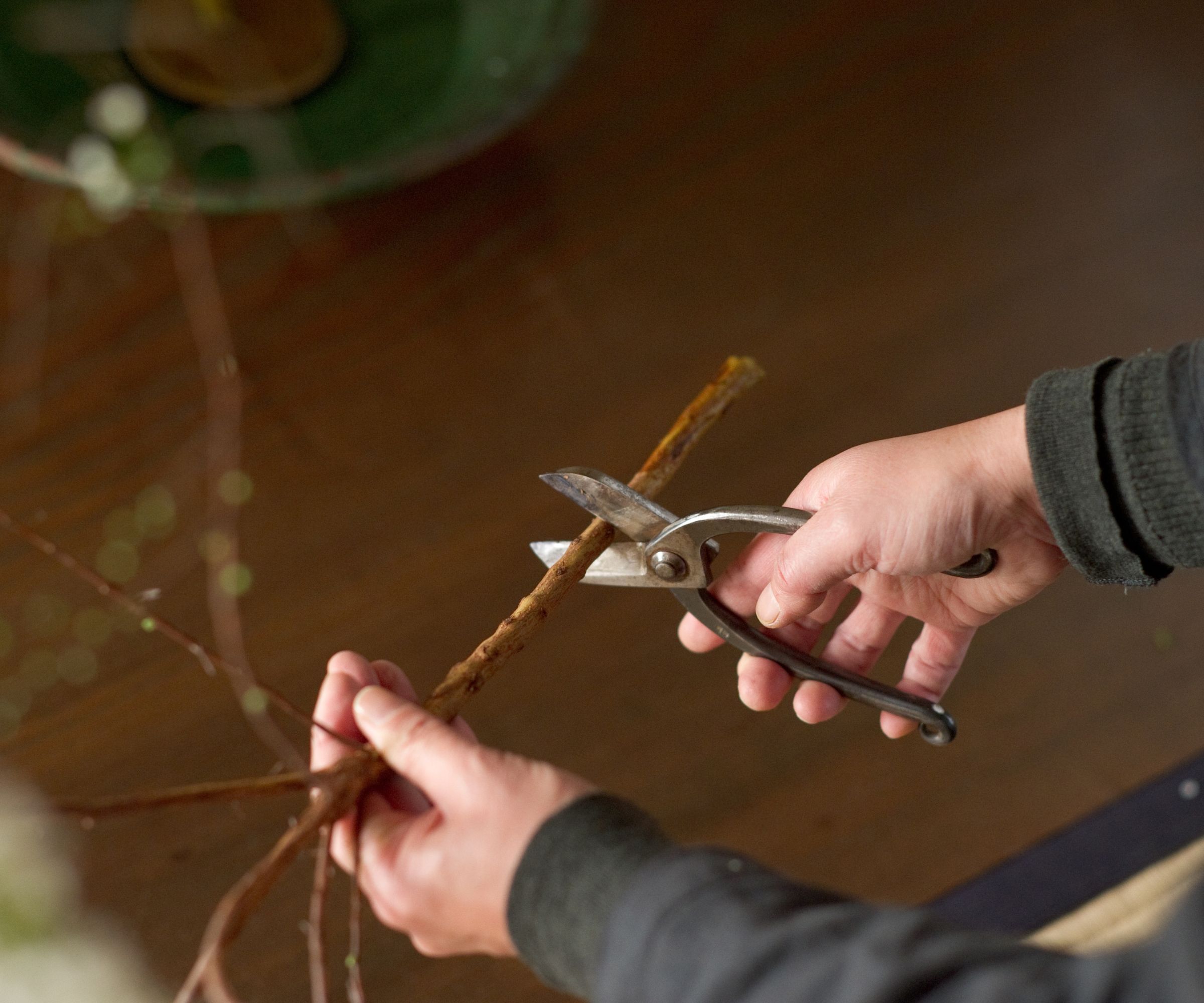
Get the angles right
Ikebana is a perfectionist art, especially in comparison to decorating with dried flowers or Western flower arrangement rules, as the angle at which flowers should be arranged is specific.
The Shin should be inserted straight and then tilted around 15 degrees to the left, with the Soe tilted to stand 45 degrees to the left, and the Hikae at the front tilted about 75 degrees to the right for balance.
Add in other natural elements
You can then add some smaller filler flowers or moss if you like, but this should be done sparingly.
‘Whether you spend hours carefully positioning everything so it’s exactly how you want or you enjoy 10 minutes connecting with the flowers, that’s all that matters. I think, in such a fast-paced world we can learn a lot from slowing down and celebrating the simple things,’ Maryam adds.
What are the seven principles of ikebana?
Ikebana focuses on seven harmonious principles designed to make the practice a peaceful, mindful activity.
Silence: ikebana is a form of meditation and so silence helps to hone the mind on the activity at hand.
Minimalism, and Shape and Line: are principles two and three with simplistic silhouettes preferred over fuller western bouquet-style arrangements.
Form: Allow the flowers to stand naturally and flow with nature.
Humanity: Allowing your emotions to guide your choices, as opposed to logic.
Aesthetics: Ensuring the arrangement speaks not only to Japanese aesthetics but to the current season as well.
Structure: Creating a triangular shape with flowers, symbolic of Ten (heaven), Chi (earth), and Jin (man).
What is the purpose of ikebana?
The purpose of ikebana is to arrange flowers in a way that enhances and brings out the beautiful qualities of individual flowers and plants as opposed to situating them all in one vase.
Do you put water in ikebana?
Ikebana vases do require some water to help keep flowers and stems looking fresher for longer. You should put just enough water in to cover the kenzan and no more, as too much can cause stems to rot more quickly.

Chiana has been at Homes & Gardens for two years and is our resident 'queen' of non-toxic living. She spends most of her time producing content for the Solved section of the website, helping readers get the most out of their homes through clever decluttering, cleaning, and tidying tips. She was named one of Fixr's top home improvement journalists in 2024.
